Controlling Fungus Gnats in Seedlings
Fungus gnats are more of a nuisance than a real problem to most young plants and seedlings, but they can cause some issues if their population gets high enough. As you start your seedlings for this year’s garden, you will probably notice these tiny white flying insects that seem to infest some of the seedling trays. Sometimes they are everywhere, other times only on certain plants or sections of the seedling flats.
Fungus gnats are tiny mosquito-like insects (actually flies) that are small enough to be able to enter your home or greenhouse through the tiniest openings, but more often they ride in as eggs in soil that has been outside or in damp potting soil that has been exposed to the air for some time. If their population gets high enough, their larvae will cause damage to seedlings as they feed on the young, tender roots.
Fungus gnat life-cycle
 The eggs are laid in tiny cracks in the soil surface, hatching within 6 days into larvae that feed on seedling roots, algae and fungi in the soil. After about 2 weeks of feeding, they pupate and a week later they emerge as adults, starting the cycle all over again. The emerging adults will be mostly females and they can lay between 100 – 300 eggs, so the population can increase rapidly. By the time you see the gnats flying around the seedlings, they’ve been active for at least a couple of weeks. The adults do not feed or bite, their only purpose is to reproduce in their 7 – 10 day lifespan.
The eggs are laid in tiny cracks in the soil surface, hatching within 6 days into larvae that feed on seedling roots, algae and fungi in the soil. After about 2 weeks of feeding, they pupate and a week later they emerge as adults, starting the cycle all over again. The emerging adults will be mostly females and they can lay between 100 – 300 eggs, so the population can increase rapidly. By the time you see the gnats flying around the seedlings, they’ve been active for at least a couple of weeks. The adults do not feed or bite, their only purpose is to reproduce in their 7 – 10 day lifespan.
There are a couple of approaches that we’ve found to be effective. Closely monitor the amount of water or moisture that is in the flats or cups where the seedlings are. Fungus gnats are highly attracted to moist and over-moist growing media, so they are almost always concentrated where there is a bit more moisture. Over-watering is one of the most common mistakes of all gardeners, new and experienced. This is understandable, as the seeds need a moist and warm environment to soften the seed coat and start the germination process, but afterwards they don’t need nearly as much water. This is where the over-watering condition sets in. It doesn’t take very much excess moisture at all to attract the gnats.
Treatment options
To detect and trap fungus gnat larvae, simply insert a small slice of potato just under the surface of the soil. The larvae will migrate to the potato and start feeding on it within a few days. After 3 – 5 days, remove the potato slice and look on the bottom side for clear to very pale white larvae feeding on the potato. This will tell you whether you’ve got the fungus gnats as larvae and how concentrated the population is. If you’ve got a large population of larvae, put a number of potato slices into the soil to attract more larvae, then remove, inspect and throw the slices away after about a week.
Yellow sticky traps are very effective means of monitoring and capturing the adult gnats. They will show up as black specks on the bright yellow background. This may be all you need to do, but if they persist there are a couple of biological friendly sprays that we’ve had success with. The first is from Safer products, is called “3-in-1″³ and is effective on insects, mites and fungi. We have found that one or two applications are effective. The other is Safer brand “Yard and Garden” spray with plant-derived pyrethrins that are highly effective on insects. Both products are OMRI listed as accepted for organic growers.
Overall, realize that fungus gnats are more of a nuisance than real problem, but serve as an effective notice that your seedling soil is a bit too moist. Decrease the soil moisture slightly, monitor and trap the larvae and adults and you’ll most likely not have any noticeable damage to your seedlings.

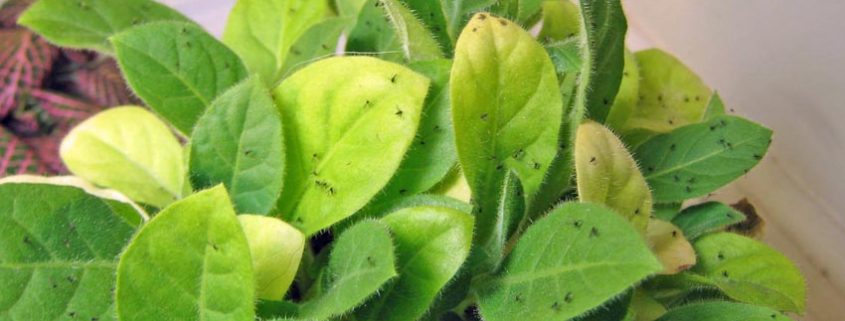
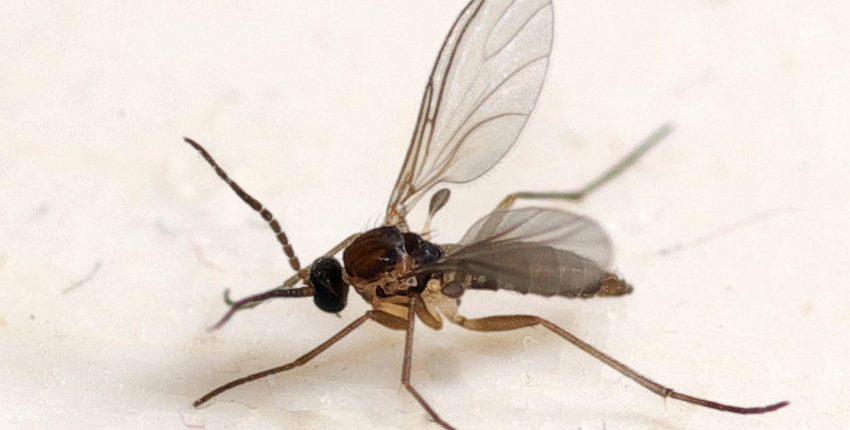


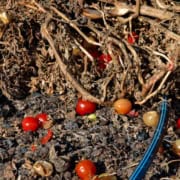
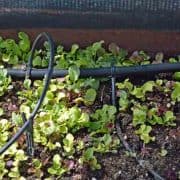
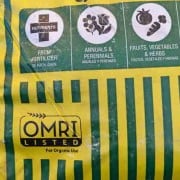
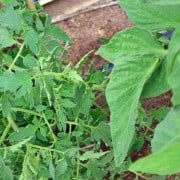

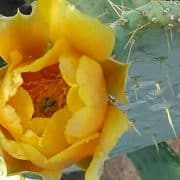
Leave a Reply
Want to join the discussion?Feel free to contribute!